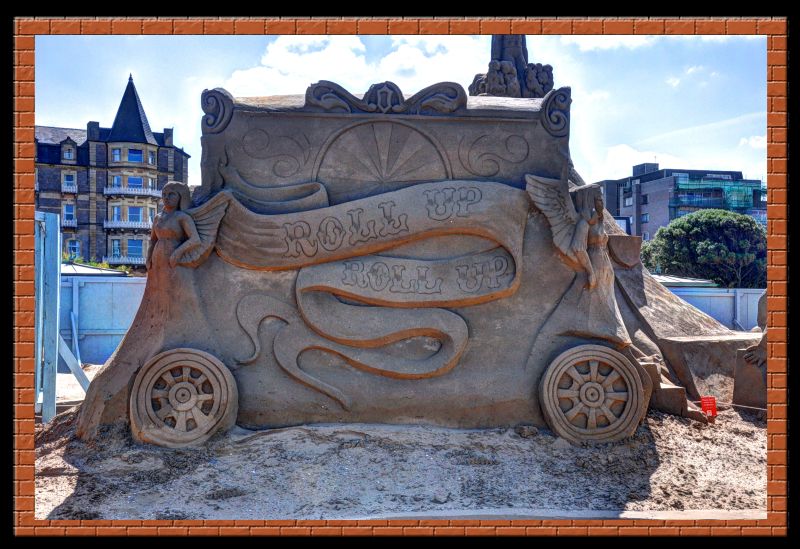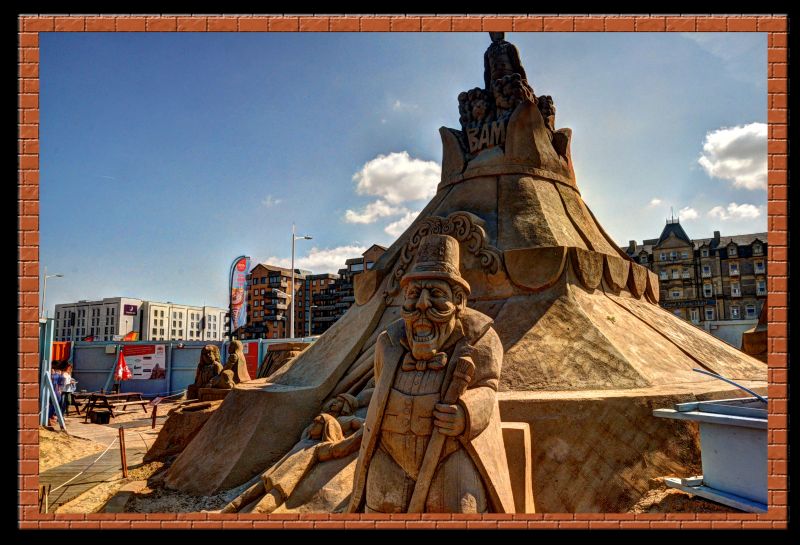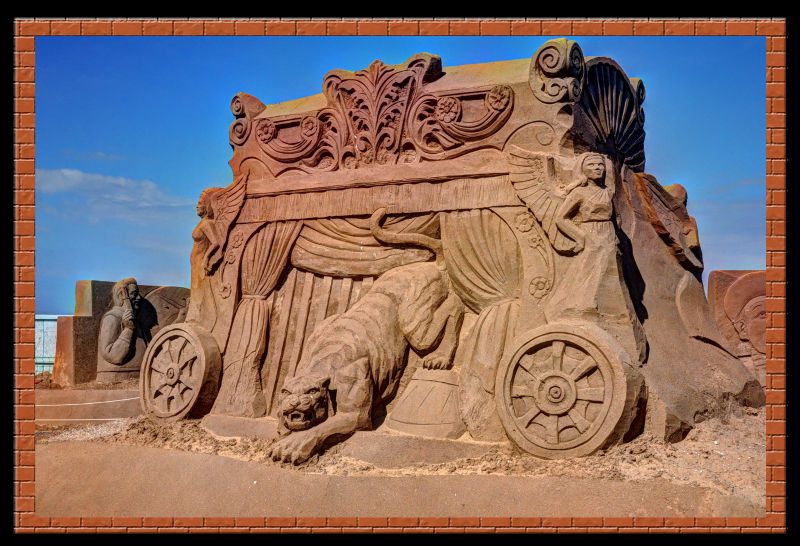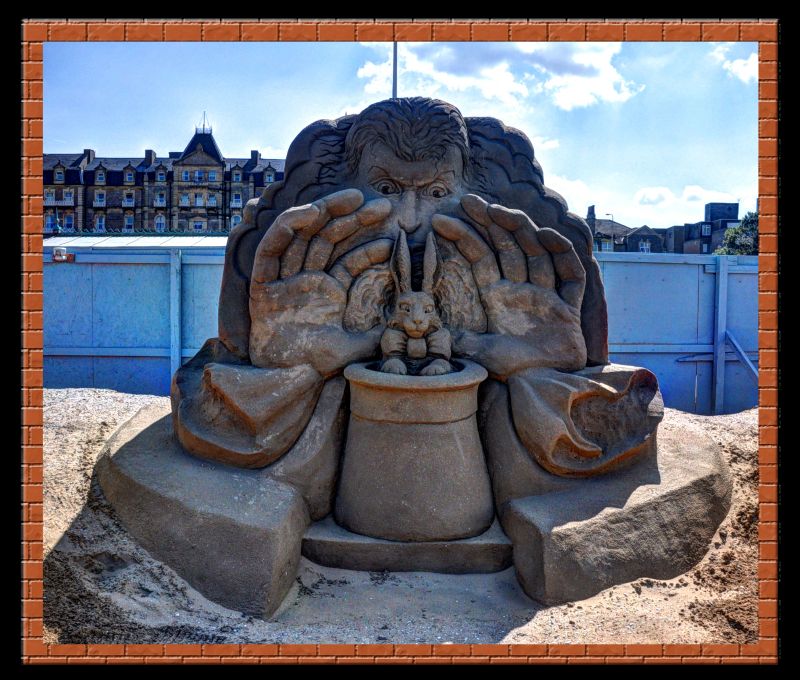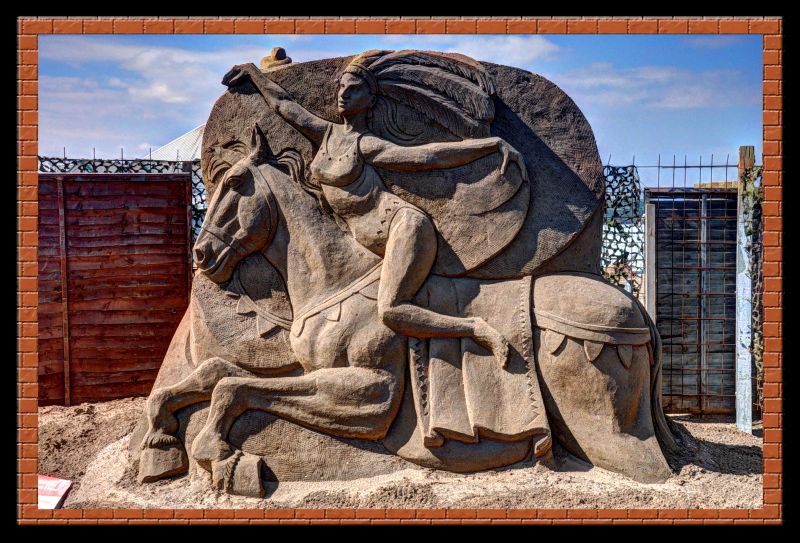As was mentioned in s previous blog post, my main purpose for visiting North Wales, and Porthmadog in particular, was to travel on the Welsh Highland Railway and as many other Welsh narrow gauge railways as I could fit into a one week holiday.
But one cannot go to the Porthmadog area without paying a visit to the location of one of the 1960’s most iconic and enigmatic TV series.
Each episode starts with a fast paced opening sequence dramatically cut to match the energetic title music, this style of opening sequence was fairly common in the 1960’s but today’s TV producers seem to have lost the art of producing them.
It starts with a man with determined look on his face driving a fast car along an empty runway, through the streets of London and down into an underground car park where he then walks resolutely along a corridor, throws open a door and delivers an impassioned speech, which is lost in the background music, to the man behind the desk. He finishes his speech by forcibly placing his letter of resignation on the desk and pounding his fist on the desk. As he storms out and drives away he seems oblivious to the black limousine following him, until back home his hurried packing is interrupted by sleeping gas being pumped into his room. When he wakes he is in what appears to be his own room, but when he looks out of the window he sees not the London skyline but an almost fanciful Italianate courtyard, he is in The Village. He is The Prisoner, he is number 6.
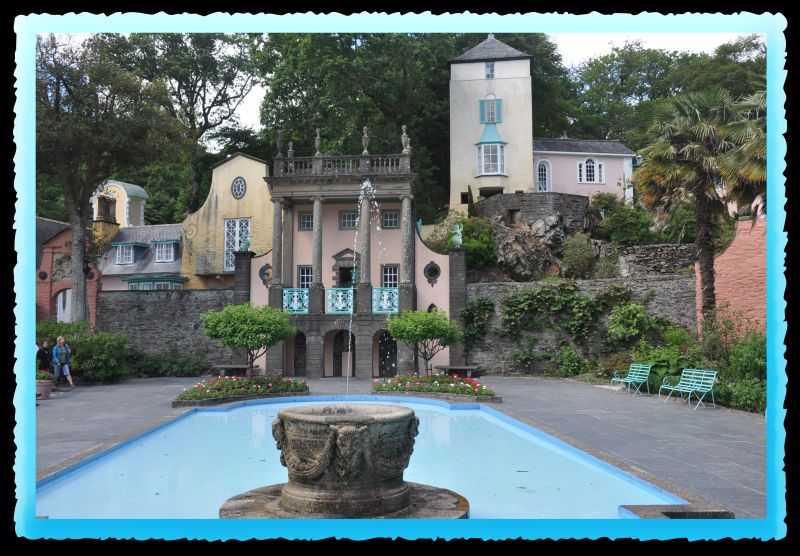
The location for the outdoor scenes of the series, which was not officially revealed until the final episode’s credits, was the village of Portmeirion which was designed by Sir Clough Williams-Ellis and is a collection of parts of demolished, or salvaged, buildings carefully set out to create a magical place that is greater than the sum of its constituent parts.
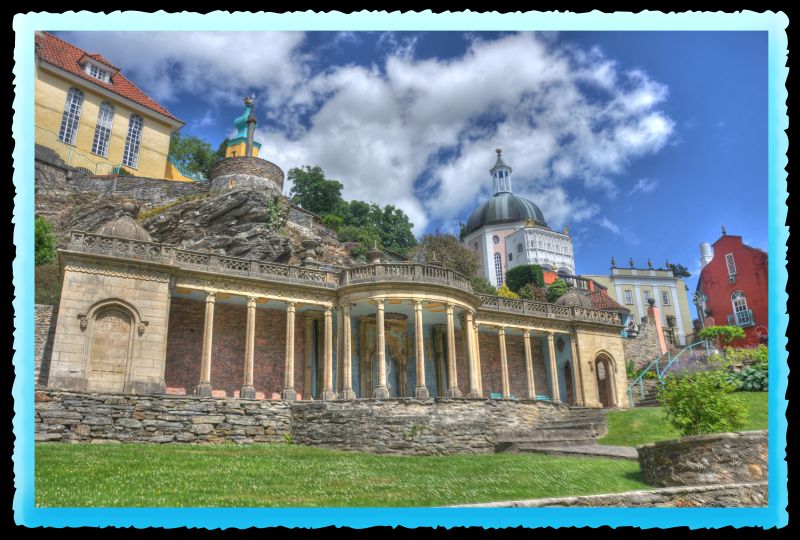
When I first went to Portmeirion after TV series original run, the place almost went out of its way to deny that it was the location for The Prisoner and it was almost surreal to watch the repeats of the series on TV in the evening and be walking round the actual site of The Village the next day. By the time of my second visit it seemed they were almost grudgingly admitting Portmeirion’s role in the series and there were a couple of shops selling Prisoner merchandise.
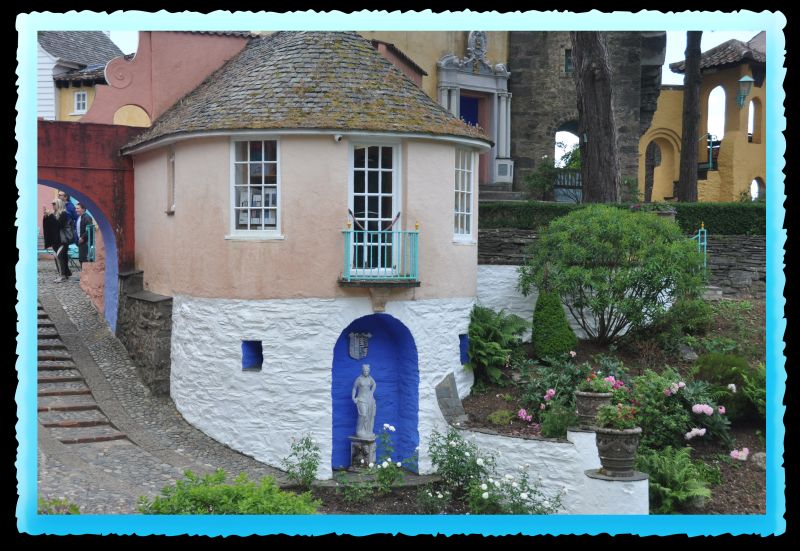
On my visit this year, just over 30 years since my previous visits, everything had changed, the charitable trust that now owns Portmeirion has not been slow to capitalise on the village’s TV stardom and gain some valuable tourist finance. However I somehow felt that the commercialism of the entrance area spoilt the charm of the village, but I was pleased to find that once inside the village it remains unspoilt and almost exactly as it was in the TV series.
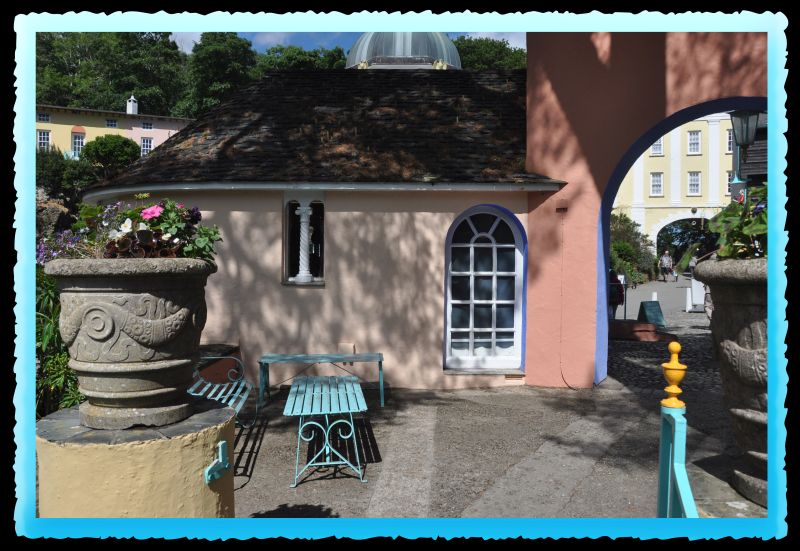
In the 50 years since The Prisoner TV series was shown many articles have been written to try and answer the mysteries and meaning behind the series, who was Number 6, he is never named in the series, who ran The Village indeed the series asks more questions than it gives answers. I am going to make no comments about these matters because an Internet search will provide you with more than you would ever need. In the first episode there is a sign on the wall of one of the rooms, it reads:
“Questions are a burden for others, answers a prison for oneself”.
So I ask you no questions and I give you no answers.
Portmeirion is a fantastic and beautiful place to visit, even if you’ve never watched an episode of The Prisoner and never heard a word about it. If you’ve done both, then it’s an essential place to visit if you’re ever in the area.
“Be Seeing You”.
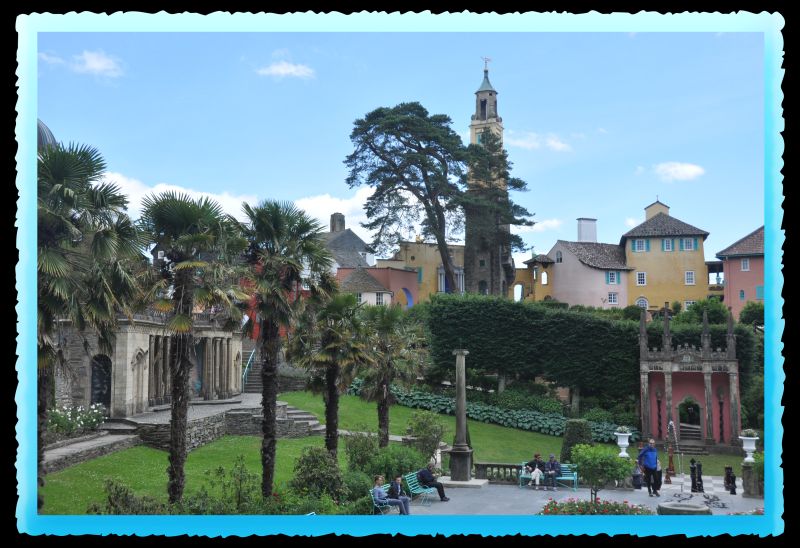
More of my photographs of Portmeirion can be found Here.
